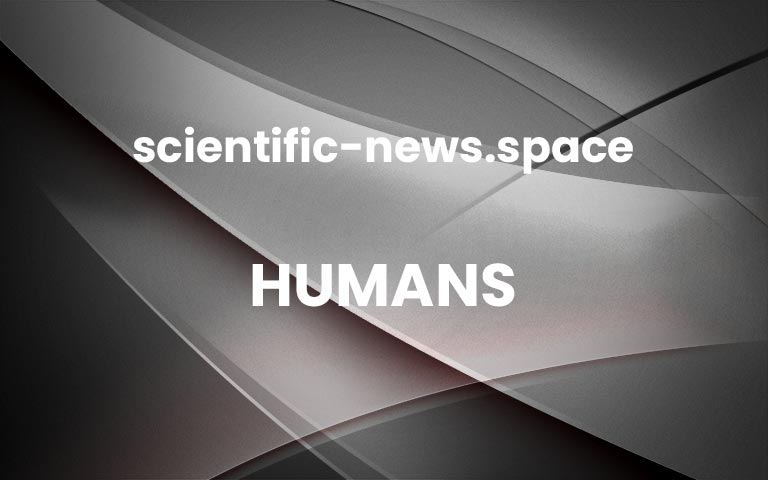Women in a 19th-century Dutch farming village didn't breastfeed
An analysis of bones from about 500 individuals who died between 1830 and 1867 in Middenbeemster suggests women in the dairy farming community did not breastfeed
Health
13 April 2022
By Jason Arunn Murugesu
Engraving from From The Five Senses by Fredrick Bloemaert, after Abraham Bloemaert, 1632-1670F. Bloemaert/A. Bloemaert/N. Visscherimage/Rijks Museum/Public Domain
Women from a 19th-century farming community in the Netherlands probably didn’t breastfeed their babies because they were too busy working. It is the first time that widespread artificial feeding has been discovered in a farming community from this period.
Andrea Waters-Rist at Western University in Canada and her colleagues analysed the bones of about 500 individuals who died between 1830 and 1867 in Middenbeemster, a rural village in the north of the Netherlands.
The remains were dug up because a church was expanding into the cemetery, and Waters-Rist and her team were offered the chance to analyse them. They also had death certificates for about half the people. “It’s really rare to have such a large sample size and to have all this amazing archival information,” she says.Advertisement
The researchers wanted to find out more about the diets of the women and children in this village, which mainly consisted of dairy farmers at this time. “One of the main reasons behind this type of research is to rectify the historical record about the lives of women and children,” says Waters-Rist. “Traditional archaeology has focused on what adult males were doing and women were just seen as passive actors.”
The team was able to determine whether the children were breastfed by analysing the chemical isotopes in their bones. Children who are breastfed have different carbon and nitrogen isotope ratios to their mothers.
Out of 20 children who had died before the age of 1, 15 showed no evidence of breastfeeding. “Even the five who did show some sign – it did not seem like they were breastfed for long,” says Waters-Rist.
And out of 35 children aged between 1 and 6, 29 showed no signs of breastfeeding in their bones. The team believes this was probably due to the fact that women predominantly worked the farms in this community, milking and raising the cows.
“We think it’s a sign of how hard the women were working and that they were just really busy,” she says. “Also, there was always fresh cow’s milk.”
Waters-Rist says this has never been seen among farmers from this period before. “We’ve only seen this behaviour in really large cities where women were working in factories and couldn’t take their babies with them,” she says.
“The findings of this study are intriguing for an agricultural community where mothers and infants would not have spent long periods apart,” says Ellen Kendall at Durham University in the UK. But she says the results may be skewed by only looking at children who died before the age of six – it could be that children who weren’t breastfed were more likely to die early.
Journal reference: PLOS One, DOI: https://dx.doi.org/10.1371/journal.pone.0265821
More on these topics: More


